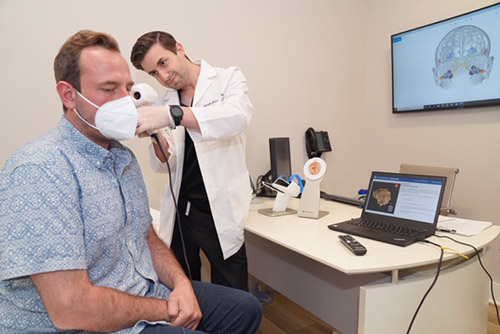


An estimated 48 million people in the United States have hearing loss and it is considered the third most common health issue in America after heart disease and arthritis.
Sensorineural hearing loss accounts for 90% of all hearing loss. This loss is caused by damage to the inner ear or the auditory nerve. Damage may occur from aging, genetics, noise exposure, or medication. The most effective method in treating sensorineural hearing loss is using hearing devices. However, for treatment to be effective, the hearing devices must be fit precisely to ensure good comfort and excellent sound quality for the patient. With proper counseling, follow-up visits, and the utilization of best practices, the chances of success are significantly higher.
One of these best practices is Real Ear Measurements (REM). REM is the process of evaluating if a hearing aid is delivering the correct amount of amplification, by frequency, relative to a prescriptive target. Today, it is considered the gold standard for verification and provides an objective measurement of the performance of a hearing device.
Digital hearing aids can be programmed specifically based on a patient’s audiogram using a manufacturer’s algorithm. Although this method of fitting will most likely provide some subjective benefit to the user, it does not consider the details of the patient’s ear canal and may lead to fittings that may be under or over target. Every ear canal is different in length and diameter and may have a different natural resonance. By inserting a thin probe microphone into the ear canal, REM can take these variables into account and measure the actual sound energy at the level of the tympanic membrane or ear drum.
The other day I saw a patient from another clinic who had not worn her hearing aids in quite some time due to poor sound quality. After performing REM it was obvious why. Despite a relatively mild fit in the manufacturer’s software, all the input levels were measured above target prescription during REM. After the appropriate modifications, the patient immediately noticed a more natural sound quality. She did not need new hearing aids; she just needed a more accurate fitting.
This example illustrates how important best practices are in hearing aid fittings. A patient can have the top-of-the-line hearing device but if it is not fit and measured properly, he or she may not get the best results. If you are considering getting help with your hearing, make sure your provider conducts real ear measurements.













